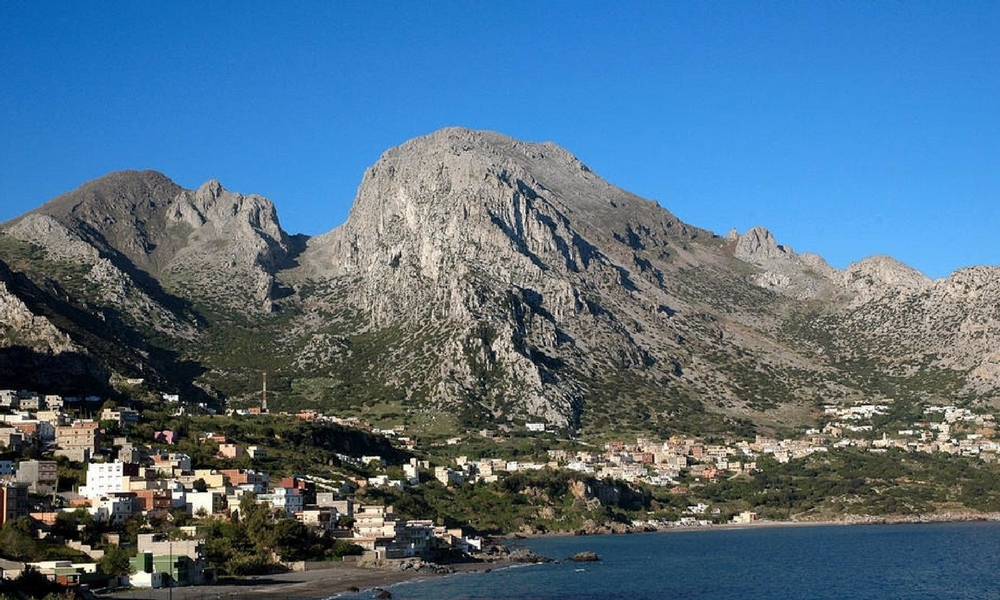
Welcome to our new website, a direct line of communication designed to enhance business relationships by providing a clear and transparent overview of our work.
Our entire company staff are excited about taking up this new challenge, aware that new technologies are the key to continuing to offer the very highest quality and effectiveness in our services.


Ceuta, a land full of peculiarities (I)
Ceuta (our city and our international headquarters) is located on the Tingitana peninsula, the northernmost shore of the African continent, and is a geographic area of approximately twenty square kilometres, with two clearly differentiated shores: one overlooking the Mediterranean (Malaga to the north and Morocco to the southeast) and another in front of the wild and authentic Atlantic Ocean (right where Tarifa and Tangier face each other).
This is a land that has seen countless civilizations (Carthaginians, Greeks, Romans, Vikings, Arabs, etc.), thus maintaining numerous historical remains and archaeological finds, whose relevance and antiquity (according to the experts) are at the level of the cave paintings in Altamira.
However, beyond all the data that can be read in a small introductory guide of the city, Ceuta is a place that has witnessed extraordinary things, being the location for unique stories that not everyone is aware of. An endless number of peculiar facts turn our city into a tourist attraction.
Taking this into consideration, Salama - the main port agency in Ceuta and the Strait of Gibraltar – has wanted to gather some of the curious facts that delight everyone who visits our city.
One of the locations in Homer's Odyssey
On his long journey from Ithaca and back, Ulysses – the protagonist of Homer's Odyssey – ended up on the so-called island of Calypso. An island inhabited by the beautiful and sensual nymph Calypso, who seduced and retained the Greek sailor and warrior, for no less than seven years. Well, Ceuta is where the mythical Calypso Island was located, only a few kilometres from the town of Benzú, at the foot of the mountain we all know as Mujer Muerta (Dead Woman).
In fact, according to the legend, our waters still host the essence of the beautiful nymph, who died of grief when Ulysses managed to break the love spell (with the help of Zeus and Hermes) to return to Ithaca with his wife, grieving Penelope.
The world’s only navigable ancient moat
Although it is currently involved in a controversy regarding its "navigability", the moat of Ceuta (the San Felipe Moat) is, surprisingly, the only navigable moat in the entire world. You heard right: this beautiful enclave in our city (declared of Cultural Interest), dating back to the fourteenth and fifteenth centuries, is the only place in the world that joins the Atlantic Ocean and Mediterranean Sea, taking the route of a beautiful and charming navigable moat.
Portuguese flags, sister lands
If you have been to Ceuta, and soon after, visited Lisbon, you will have noticed that the flag of our African city is exactly the same as the one that flies over the Portuguese capital. The difference? The central shield on Ceuta’s flag is the same as the shield of Portugal. Coincidence or history? Definitely history.
Far from being a city with an Arab past (as many tend to think), Ceuta was linked to Portugal for nine centuries, no less. Moreover, Ceuta is studied in Portuguese schools as a crucial enclave in the country’s history.